As the Covid-19 pandemic eases and tourism to Japan quickly recovers, the biggest challenge is how to strike a balance between maintaining Kyoto’s cultural traditions and sharing information internationally. City officials are now aiming to make Kyoto a more developed city in the future. Many people in Japan and around the world continue to pay close attention to the future of this fascinating city.
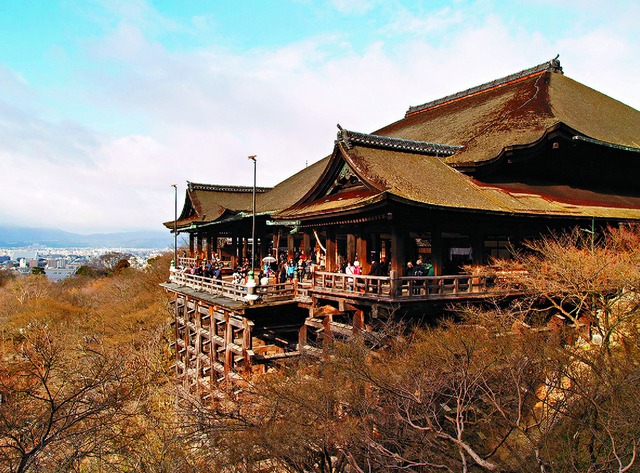
Kyoto. Photo: The Standard.
The Kansai region, located in the central-western part of Honshu, is home to 50% of Japan's national treasures and 40% of its important cultural properties. Kyoto in particular is home to many temples and shrines, including the World Heritage Kiyomizudera Temple, as well as traditional crafts such as Nishijin textiles.
Traditional events such as the Gion Festival are held throughout the year. Kyoto is especially popular with foreigners. If you walk around the city, you can see many foreigners soaking up the historical atmosphere.
According to Japan News, Kyoto City needs to promote three important missions during this time. The first is to maintain and pass on traditional culture to future generations because Kyoto is considered a historical city. The second is to develop inbound tourism. And finally, with the declining population, this issue must be considered more seriously in the coming time.
Preserving and passing on the traditional culture of Kyoto City is the greatest mission that the Kyoto City Government and other entities are undertaking.
In addition, cultural property restoration facilities will be established in Kyoto by 2030 to promote the protection of cultural property and the promotion of art. The agency will compile information on restoration projects in various regions of Japan and share know-how. From there, mechanisms will be developed to promote Kyoto's "brand" to enhance the ability to spread information about culture and art.
The training of successors to maintain and pass on Kyoto culture is also an important task. The agency must ensure adequate budget for this purpose and support the passing on of artisans' skills.
Orientation to maintain balance between cultural traditions and tourism development
In terms of information dissemination, it is necessary to create a positive trend of exporting not only traditional culture but also manga, anime and music , Japan's strengths, to the world. In an exclusive interview with The Yomiuri Shimbun, Shunichi Tokura, Commissioner for Cultural Affairs, emphasized that we should have more confidence in Japan's brand power in attracting domestic tourists. We should make culture and arts a key export industry. It is hoped that concrete measures will be put forward as soon as possible and will begin to be realized.
As for inbound tourism in Kyoto, the occupancy rate of major hotels in Kyoto in October 2023 was 82.9%, almost the same as the same period in 2019, before the Covid-19 pandemic. And foreign visitors have contributed greatly to the recovery. It is important to invigorate Kyoto's economy by attracting more foreign visitors.
On the other hand, the negative impacts of overtourism include the fact that local people cannot easily catch buses during the day because they are always crowded with foreign tourists. Or the overtourism is affecting the lives of local people, which can worsen the feelings of local people towards foreigners. Urgent action is needed to address the situation.
Restricting the number of visitors to temples and raising prices may have a certain effect in reducing foreign tourists, but at the same time, domestic tourists will also be affected. The trend of catering to wealthy tourists is increasing, but if ordinary tourists cannot enjoy these services, Kyoto's appeal will also be reduced.
Positive signals from the efforts of the Kyoto city government
To address overcrowding, a recent initiative worth considering is the decentralization of tourism from central Kyoto to the periphery. Kyoto Station and other locations have begun providing large luggage storage spaces for tourists so they can travel without luggage, thereby freeing up space for locals on public transport.
While it remains to be seen whether such efforts will be effective, all Kyoto can do is continue to experiment to find better ways to please tourists and locals alike.
Despite the increase in domestic tourism, Kyoto’s population is on a downward trend. The city’s population as of December 1, 2023 was approximately 1.442 million, about 20,000 fewer than the same period in 2020. This is believed to be the result of a wave of migration of young people to the suburbs due to rising land prices, as well as other factors.
Kyoto City has taken measures such as improving "new towns". Large-scale old housing developments have long been in place, even in places with little generational change, to attract the attention of young people.
If Kyoto fails to attract young people who can settle down and support the city's development, it could become an "empty city," meaning that only tourists will actually stay in Kyoto or people who work in the city will just commute there. Therefore, Kyoto aims to be attractive not only to tourists but also to locals who want to settle down./.
Source



![[Photo] General Secretary To Lam attends the conference to review 10 years of implementing Directive No. 05 of the Politburo and evaluate the results of implementing Regulation No. 09 of the Central Public Security Party Committee.](https://vphoto.vietnam.vn/thumb/1200x675/vietnam/resource/IMAGE/2025/5/19/2f44458c655a4403acd7929dbbfa5039)
![[Photo] Panorama of the Opening Ceremony of the 43rd Nhan Dan Newspaper National Table Tennis Championship](https://vphoto.vietnam.vn/thumb/1200x675/vietnam/resource/IMAGE/2025/5/19/5e22950340b941309280448198bcf1d9)

![[Photo] Close-up of Tang Long Bridge, Thu Duc City after repairing rutting](https://vphoto.vietnam.vn/thumb/1200x675/vietnam/resource/IMAGE/2025/5/19/086736d9d11f43198f5bd8d78df9bd41)
![[Photo] President Luong Cuong presents the 40-year Party membership badge to Chief of the Office of the President Le Khanh Hai](https://vphoto.vietnam.vn/thumb/1200x675/vietnam/resource/IMAGE/2025/5/19/a22bc55dd7bf4a2ab7e3958d32282c15)
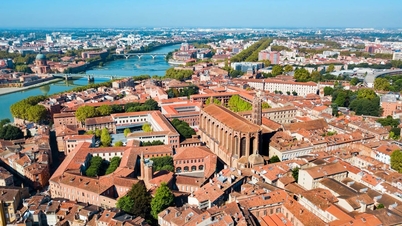

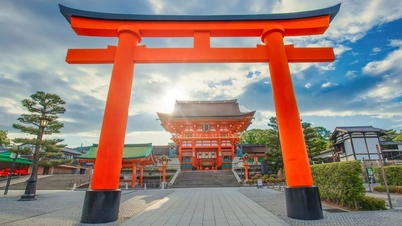



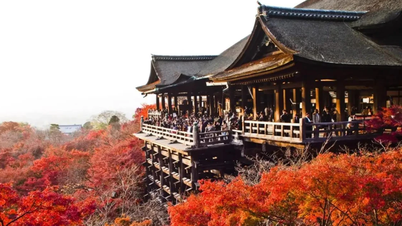





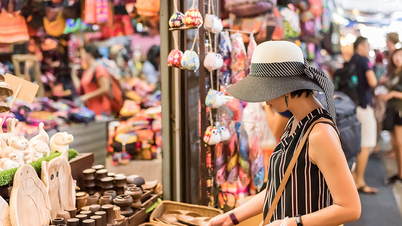



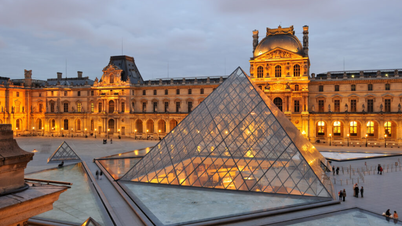










![[Photo] Prime Minister Pham Minh Chinh inspects the progress of the National Exhibition and Fair Center project](https://vphoto.vietnam.vn/thumb/1200x675/vietnam/resource/IMAGE/2025/5/19/35189ac8807140d897ad2b7d2583fbae)





















































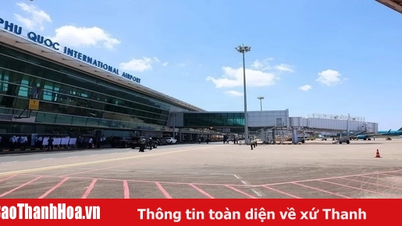





![[VIDEO] - Enhancing the value of Quang Nam OCOP products through trade connections](https://vphoto.vietnam.vn/thumb/402x226/vietnam/resource/IMAGE/2025/5/17/5be5b5fff1f14914986fad159097a677)





Comment (0)